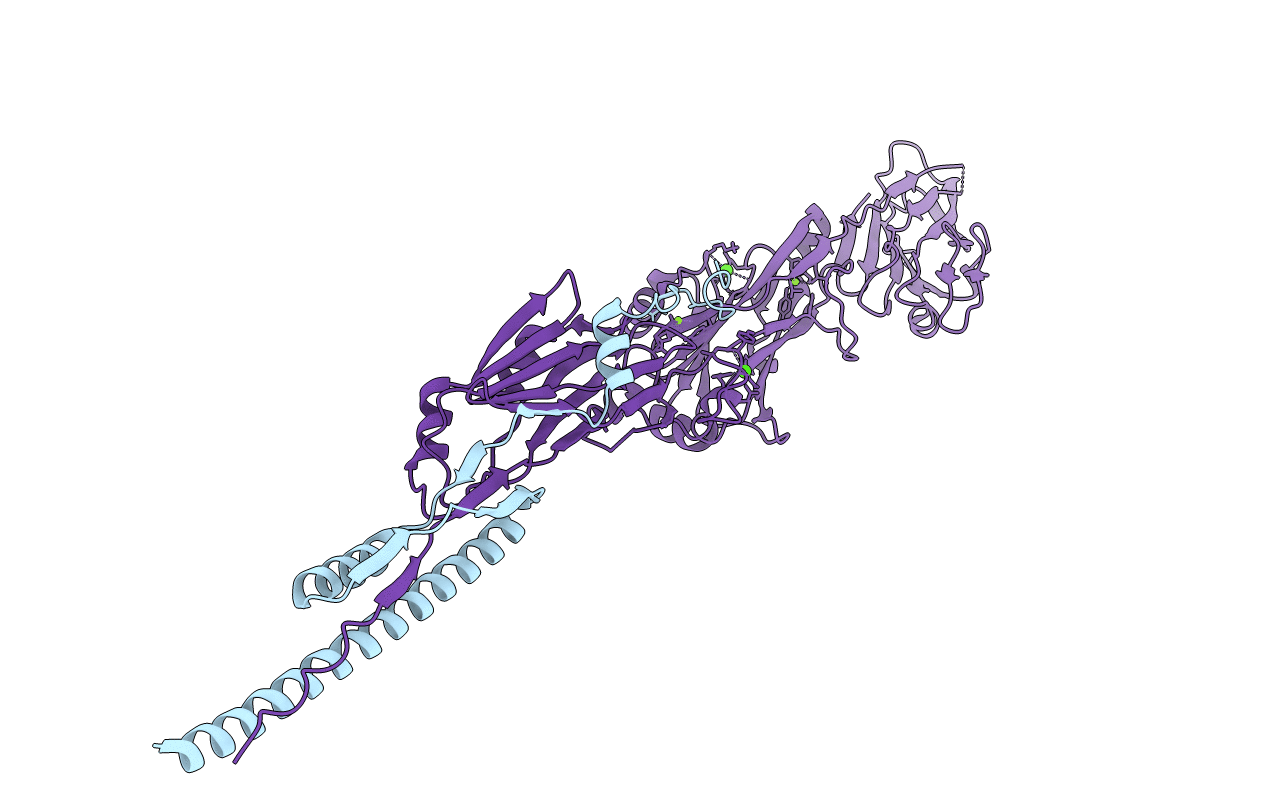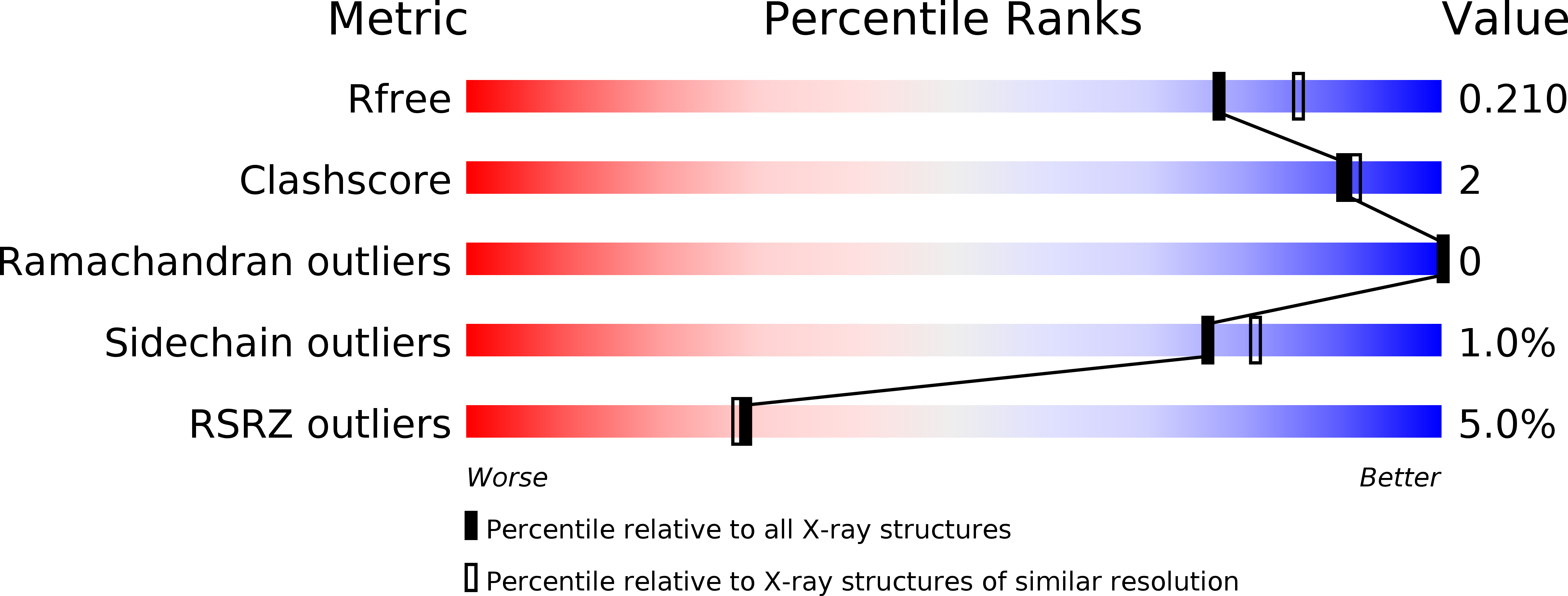
Deposition Date
2014-06-18
Release Date
2014-10-22
Last Version Date
2024-10-23
Entry Detail
PDB ID:
4TSH
Keywords:
Title:
A Novel Protein Fold Forms an Intramolecular Lock to Stabilize the Tertiary Structure of Streptococcus mutans Adhesin P1
Biological Source:
Source Organism:
Streptococcus mutans (Taxon ID: 1309)
Host Organism:
Method Details:
Experimental Method:
Resolution:
2.00 Å
R-Value Free:
0.20
R-Value Work:
0.16
R-Value Observed:
0.17
Space Group:
C 1 2 1


